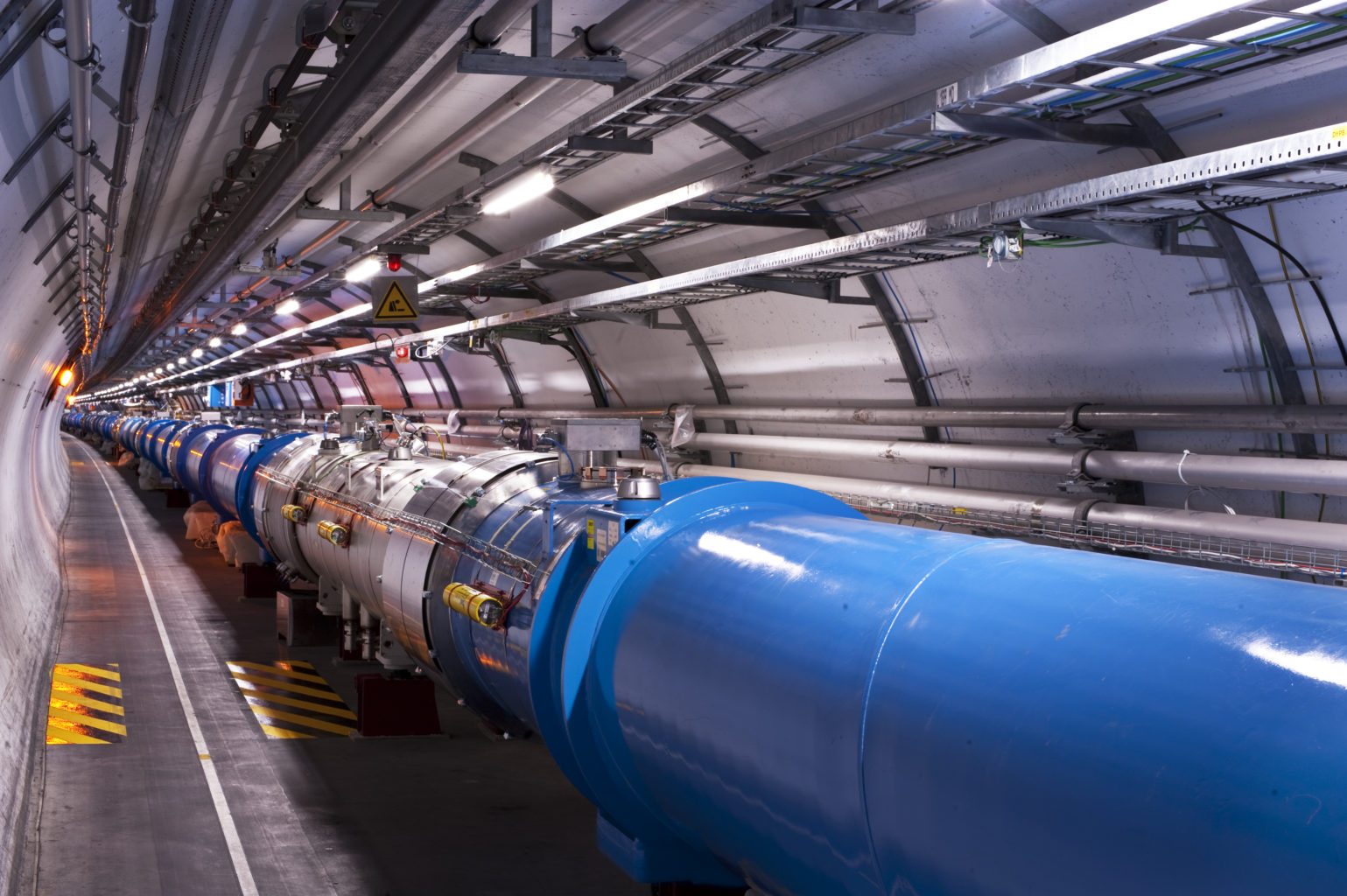The Pentaquark: Fact or Fluctuation?
For many of us it’s been a long summer, and yet in the blink of an eye it’s over! But while we’ve been off laying on beaches, building schools in Uganda, visiting long distance friends, catching up with home friends or maybe just trying to earn enough money to make it through the year (or just freshers week), the boys and girls at CERN have been busy publishing their newest findings. The elusive and mysterious pentaquark has landed, and it looks like it’s here to stay.
To understand what the pentaquark is, we need to think first about what quarks are, and how they come together to make the particles that we all remember from our GCSE physics lessons. Quarks are what we believe to be one of the most fundamental particles in the universe. That is, it doesn’t get smaller than quarks. Everything you see around you is made of quarks and other fundamental particles known as leptons.
There are six different types of quarks – up, down, charm, strange, top and bottom – all with different defining properties and corresponding anti-particles. When quarks come together, they form particles like protons and neutrons, but there are rules about how this is allowed to happen.
To make things ‘simple’ particle physicists say that each quark in a particle has a colour or anti-colour: red, green, blue, anti-red, anti-green or anti-blue. Only combinations that have an overall colour of white are allowed, e.g. red+green+blue or red+anti-red, blue+anti-blue etc. They don’t actually have colours, but this allows us to know which quark combinations could or couldn’t happen. The simplest groupings are the ones described, with three quarks making a baryon (protons and neutrons), or a quark and an anti-quark making a meson. This rule doesn’t forbid the existence of more tropical particles containing four or even five quarks, and although they had not previously been confirmed, the existence of tetraquarks (four) and pentaquarks (five) have long been theorised.
In the past two decades, various teams of scientists have attempted to find evidence of these more complex particles. In every attempt (until recently), all data that seemed to suggest success would be rendered unreliable shortly afterwards, and proven to be the result of misleading data or a lack of calibration. This is a reality frequently faced by scientists, especially with data that requires insanely high levels of precision. Protons have a diameter of about 0.8×10-15 metres. That’s 1×1012 (a million million) times smaller than a grain of sand, so as you can imagine we’re talking about pretty finely tuned stuff.
In order for data to be considered reliable, it has to stand up to rigorous scientific investigation, and the whole process of how the data was collected has to be checked and rechecked over and over again. So the big question is this: fact or fluctuation? The teams involved are confident that their data is correct. As it is, the data was in fact collected 3 years ago and thus far has not yet been disproven. So the answer appears to be (at least for the time being): fact!
So what does this actually mean? Well, as for any other physics breakthrough, we now have one more answer in a sea of questions. This particular answer may help astrophysicists understand what happens inside certain types of stars, and it could help particle physicists develop a better understanding of how quarks come together to form particles at all.
The search is by no means over. What the pentaquark we’ve found actually is remains something we’re not even entirely clear on. It could be a collection of 4 quarks and one anti-quark all bound into one particle, or it could be 3 quarks (a baryon) and a quark anti-quark pair (a meson) joined to one another by the same fundamental weak force that keeps electrons in atoms. Whatever it is, the theory doesn’t lie, and from what we already know about quarks and how they interact together, the rest of the more complex combinations of quark should certainly exist too, which means there’s still plenty more exploring to be done.
Particle physics is still a field shrouded in mystery, and with every breakthrough comes more questions. Following the CERN reboot in June, its possible a couple more answers could be coming our way in the next few years. All we can do until then is keep calm and carry on theorising.

Comments